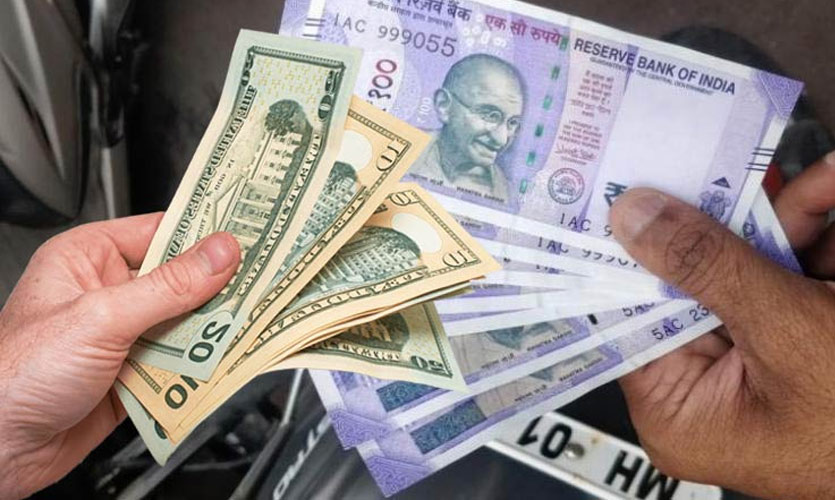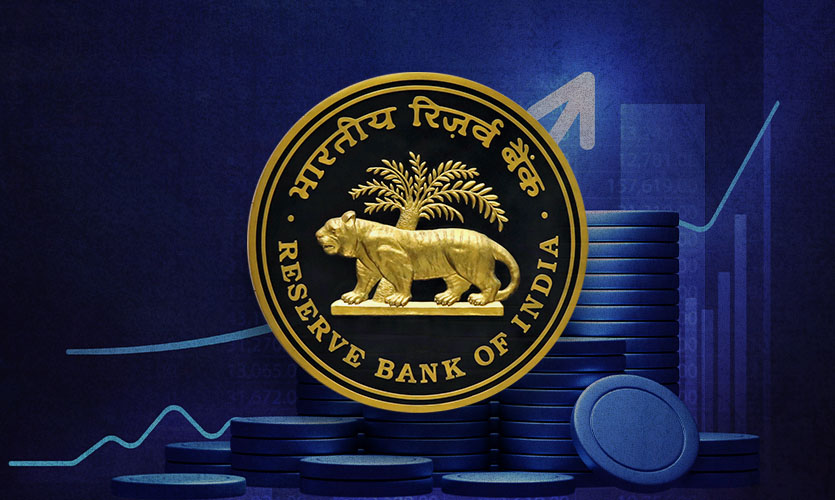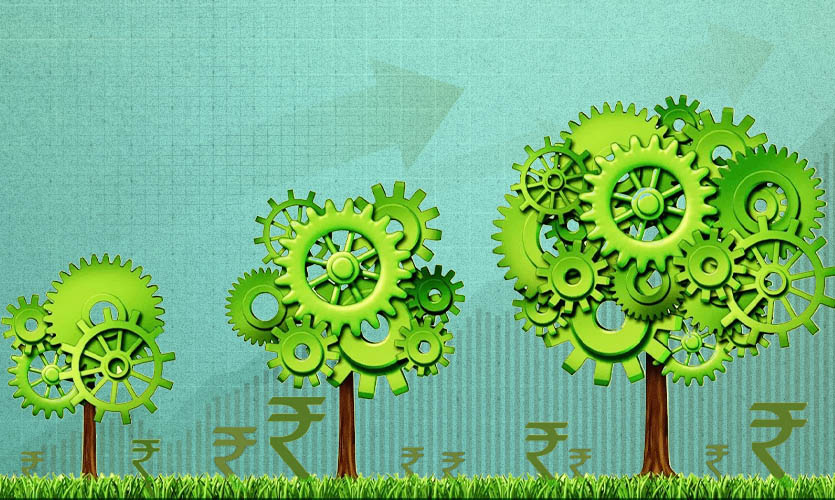July 20 will potentially mark the third-day session of loss for the Indian rupee, its lowest level in three months, amid a lacklustre trend in domestic equities and strengthening of the US dollar overseas. The rupee fell by 7 paise to 74.95 against the US dollar in opening trade on July 20 as firm American currency and weak domestic equities weighed on investor sentiment.
At the interbank foreign exchange market, it hovered in the range of 74.71 to 74.92 during the day before ending at 74.88. The domestic currency has lost 34 paise in the two trading sessions of Monday. The currency fell 0.4 percent, its biggest single-day fall since June 17. Looking ahead, traders now broadly expect the rupee to trade in a range of 74.40-75.40 over the week.
The current downward trend is in line with other Asian currencies, due to the slowdown in economic activities caused by the rapid spread of the Delta variant of coronavirus. India reported 38,164 new infections, with deaths rising by 499, the lowest in more than three months. The country’s broader NSE share index (.NSEI) and the main BSE share index (.BSESN) both dropped by 1.1 percent each.
The RBI’s Easing Policy
Experts expect the Reserve Bank of India (RBI) to intervene intermittently to avoid sharp weakness in the rupee, to limit imported inflation given the surge in input prices and consumer price index inflation.
The month of April saw the rupee hit a nine-month low of 75.4 against the US dollar due to the second wave of COVID-19 that had brutally impacted the Indian economy. The RBI had announced that it would inject liquidity through the Government Securities Acquisition Programme (G-SAP), starting with ₹1 lakh crore.
Central banks have often intervened in foreign exchange markets. When the rupee is rapidly depreciating, the RBI sells dollars in the market. This will increase the supply of dollars and demand for rupees, causing the rupee price of the dollar to come down.
When the rupee is rapidly appreciating, the RBI buys dollars and injects rupees into the economy. This increases the demand for dollars and the supply of rupees, thereby leading to an increase in the rupee’s price of the dollar.
However, if the RBI sells dollars to stem a depreciating rupee, it will reduce the supply of money in the domestic economy. This can cause interest rates to rise. To prevent this, after selling dollars, the RBI can buy government securities and inject rupees into the economy. This is called a sterilised intervention. The opposite is also done when the RBI buys dollars to prevent the rupee from appreciating, leading to an injection of money into the domestic economy.
Read more: World Watchdogs Propose Remedies For Cash-strapped Money Market Funds
Impact Of The US Dollar Strengthening
“The Indian rupee depreciated after last week of consolidation amid risk-averse sentiments globally. The impact of inflows and lower crude oil prices have been priced in by the market while surging Delta virus cases globally raised concerns for recovery,” said Dilip Parmar, Research Analyst, HDFC Securities.
Meanwhile, the dollar index, which gauges the US dollar’s strength against a basket of six currencies, rose by 0.27 percent to 92.93. The dollar’s gain led to investors expressing renewed scepticism over the potential for a strong economic rebound from the pandemic.
Gold was trading higher on July 20 following a positive trend in international spot prices. On the Multi-Commodity Exchange (MCX), August gold contracts were trading 0.37 percent higher at ₹48,270 for 10 grams as of 09:30 am (IST). September silver futures were trading 0.30 percent higher at ₹67,449 a kilogram.
On July 19, gold and silver plunged in the international markets amid gains in the dollar index. Both the precious metals settled on a weaker note in the international markets. Experts believe that the impact of the strengthening dollar in line with expectations of better growth of the US economy will continue to put pressure on the rupee and gold.










